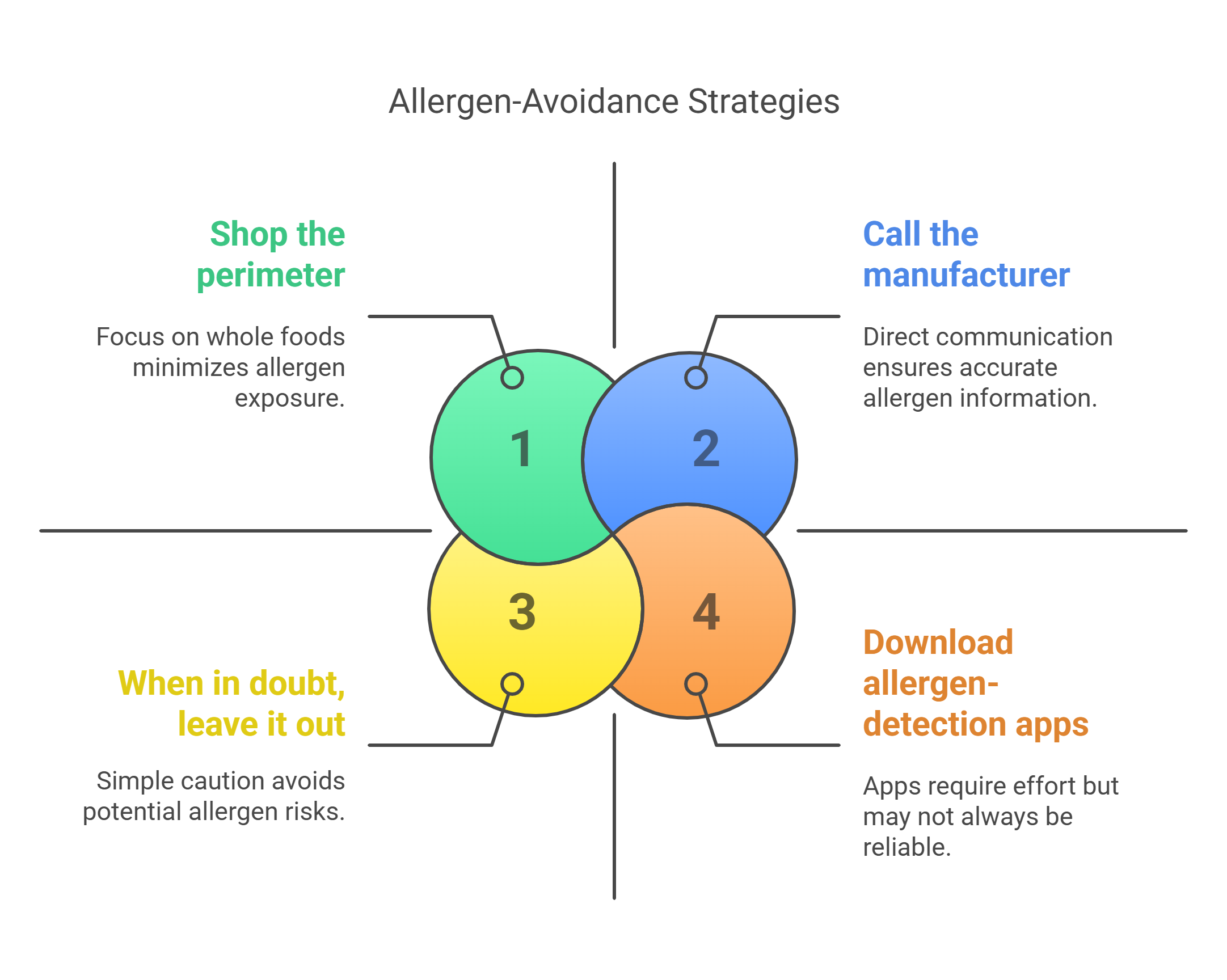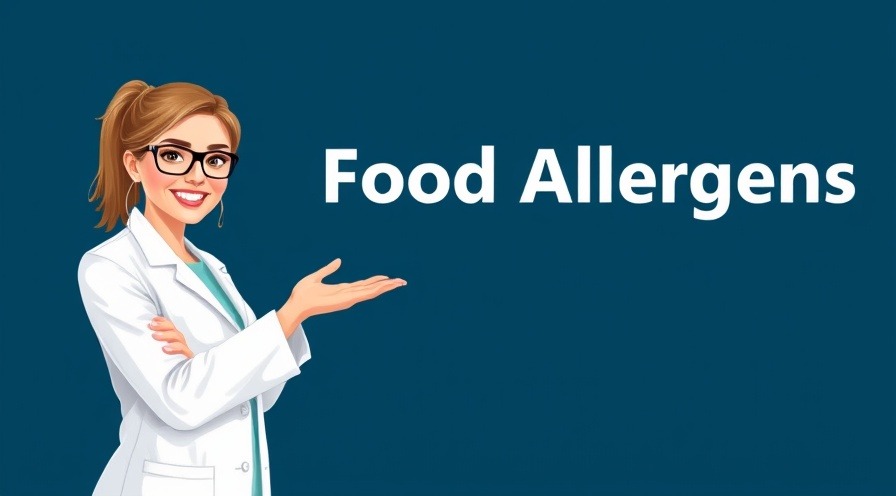
Navigating the Fine Print: A Smart Shopper's Guide to Spotting Food Allergens
For the 32 million Americans living with food allergies, grocery shopping isn't just about finding tasty options—it's a critical safety mission. Whether you're managing your own allergies or protecting a loved one, understanding how to decode food labels can quite literally be a lifesaving skill.
The "Big Nine" Food Allergens You Need to Know
According to Dr. Scott Sicherer, Director of the Jaffe Food Allergy Institute at Mount Sinai, "Food allergies affect approximately 8% of children and 11% of adults in the United States, with reactions ranging from mild discomfort to life-threatening anaphylaxis." His comprehensive research, published in the Journal of Allergy and Clinical Immunology (2020), identifies nine major allergens responsible for most serious reactions:
Peanuts
Tree nuts (almonds, walnuts, cashews, etc.)
Milk
Eggs
Soy
Wheat
Fish
Shellfish
Sesame (newest addition to mandatory labeling as of 2023)
Food Label Reading 101: Where to Find Allergen Information
Food manufacturers aren't playing hide-and-seek with allergen information—they're legally required to make it visible. Here's your treasure map:
The Ingredients List: Your First Line of Defense
Scan the ingredients list carefully. Manufacturers must list all ingredients in descending order by weight. But let's be honest—some ingredient lists read like a chemistry textbook written in microscopic font after your third cup of coffee.
The "Contains" Statement: The Shortcut You Need
Thank goodness for the Food Allergen Labeling and Consumer Protection Act (FALCPA)! Since 2004, manufacturers must clearly identify the presence of major allergens either within the ingredients list or in a separate "Contains" statement immediately following it.
For example: "Contains: Milk, Wheat, Soy"
As Dr. Ruchi Gupta, Director of the Center for Food Allergy & Asthma Research at Northwestern University, notes in her landmark prevalence study, "Clear allergen labeling has dramatically improved safety for food-allergic individuals, though vigilance remains essential."
When Allergens Play Hide and Seek: Decoding Tricky Terminology
Sometimes allergens wear disguises. Here's how to spot them:
Milk in Disguise
Casein, whey, lactalbumin
Anything with "lactose" in the name
"Dairy" is a dead giveaway (but you knew that!)
Wheat's Many Aliases
Flour, semolina, durum
Seitan (which is basically wheat protein throwing a party)
Bulgur, farina, graham
Egg Incognito
Albumin or albumen
Globulin
Ovalbumin, ovoglobulin (basically anything "ovo")
"Many patients are surprised to learn that 'natural flavors' can sometimes contain allergens," explains Dr. Kari Nadeau, Director of the Sean N. Parker Center for Allergy and Asthma Research at Stanford University, in her book The End of Food Allergy. "When in doubt, contact the manufacturer directly."

The Cross-Contamination Conundrum
Here's where things get extra tricky. A product might not contain your allergen as an ingredient, but could still pose a risk due to cross-contamination during manufacturing.
Look for these advisory statements:
"May contain..."
"Produced in a facility that also processes..."
"Made on equipment shared with..."
Unlike the "Contains" statement, these precautionary labels are voluntary. According to research published in the Journal of Allergy and Clinical Immunology by Dr. Steve Taylor, "Up to 7% of products without advisory labeling still contain detectable allergen proteins from cross-contact."
Pro Tips from the Allergen-Avoidance Trenches
When in doubt, leave it out. Can't decipher if a product contains your allergen? Skip it.
Watch for ingredient changes. Just when you think you've found a safe product, manufacturers might change ingredients without changing the packaging appearance.
Download allergen-detection apps. Tools like Spokin and AllergyEats can help identify safe products.
Call the manufacturer directly. Most have dedicated consumer lines to answer allergen questions.
Shop the perimeter. Whole, unprocessed foods typically have fewer ingredients and allergen risks. As the saying goes, if your great-grandmother wouldn't recognize it as food, maybe think twice!
Medical Disclaimer
This article provides general information only and is not a substitute for professional medical advice. Always consult with your healthcare provider regarding food allergies and dietary restrictions.
 Add Row
Add Row  Add
Add 




Write A Comment